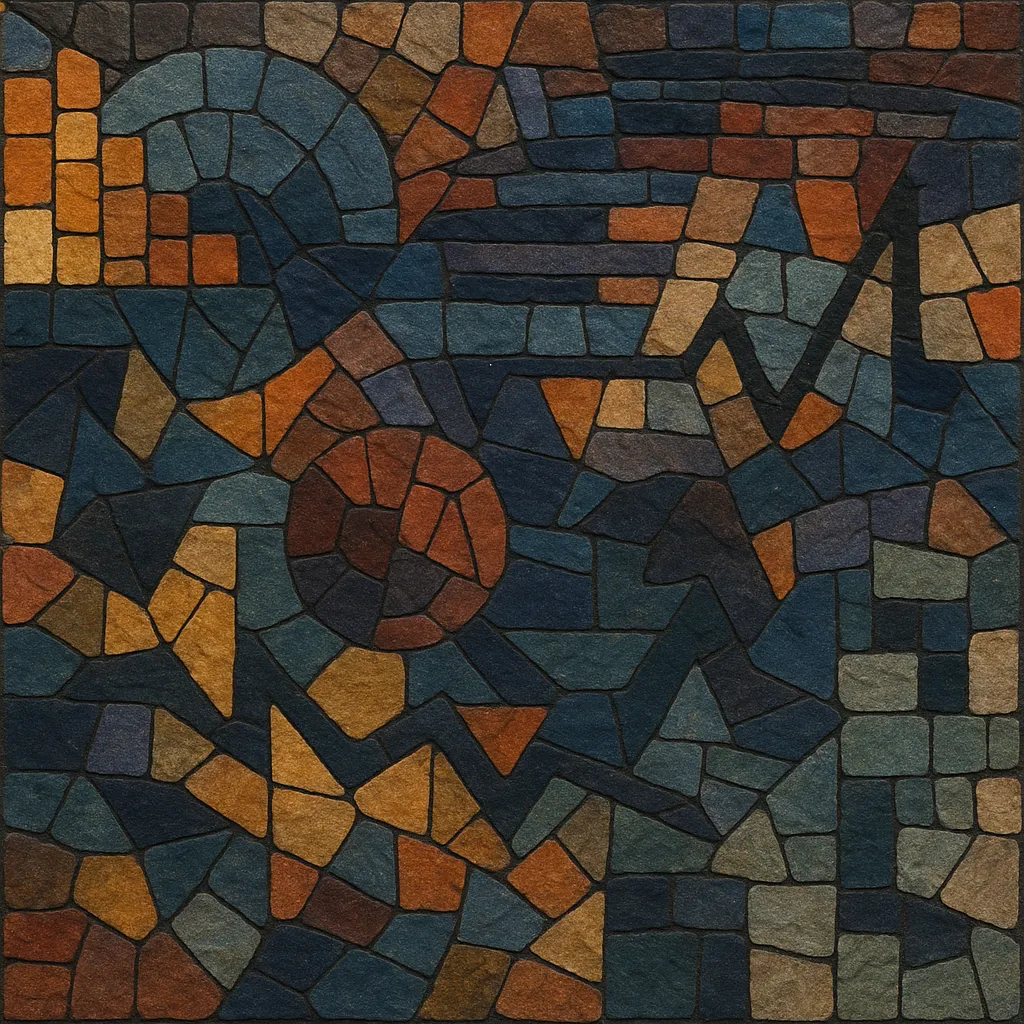Experimental electronic is an umbrella term for electronic music that foregrounds exploration and innovation over convention. It treats the studio, computer, and synthesizer as laboratories, using techniques such as tape manipulation, modular and software synthesis, feedback systems, granular and spectral processing, algorithmic/generative composition, circuit-bending, and field recording.
Rather than regular song forms or dancefloor functionality, it prioritizes timbre, texture, space, and process. Structures may be nonlinear or open-form; harmony is often non-functional or drone-based; rhythm can be free, irregular, or machine-deconstructed. The style overlaps with electroacoustic music, sound art, industrial, ambient, and noise while continually interfacing with club culture and contemporary art contexts.
Experimental electronic grows from mid‑20th‑century studio practices where sound itself became a primary material. In France, Pierre Schaeffer’s musique concrète at GRM and Pierre Henry’s tape works reframed recorded sound as a sculptable object. In Germany, WDR Cologne fostered elektronische Musik under Herbert Eimert and Karlheinz Stockhausen. Parallel efforts at the BBC Radiophonic Workshop (Daphne Oram, Delia Derbyshire), Columbia‑Princeton (Vladimir Ussachevsky, Milton Babbitt), and the San Francisco Tape Music Center (Pauline Oliveros, Morton Subotnick) expanded both technique and aesthetics.
The advent of Moog and Buchla synthesizers and multi‑track tape catalyzed new timbres and forms. Morton Subotnick’s “Silver Apples of the Moon” (1967) showcased Buchla’s possibilities; Eliane Radigue refined long‑form analog‑drone minimalism; Iannis Xenakis introduced stochastic and UPIC‑based approaches. Institutions like IRCAM, EMS Stockholm, CCRMA, and countless university studios incubated computer music, spatialization, and early digital synthesis.
DIY cassette networks and an anti‑establishment ethos birthed industrial and post‑industrial experiments (Throbbing Gristle, Cabaret Voltaire, Nurse With Wound). Ambient’s emergence (Brian Eno) and Berlin School sequencing intersected with experimental methods, while engineers and artists pushed tape abuse, feedback, and hacked electronics alongside performance art and gallery installations.
Affordable computers and software (Max/MSP, SuperCollider, Reaktor) enabled granular, spectral, and algorithmic workflows. Labels and scenes (Mego, Raster‑Noton, Mille Plateaux, 12k) fostered glitch, microsound, and digital minimalism (Oval, Fennesz, Alva Noto). IDM figures (Aphex Twin, Autechre) bridged experimental sound design with rhythmic complexity, influencing club and art contexts alike.
A modular synth renaissance, live coding/algorave, and deconstructed club aesthetics widened the field (Arca, Holly Herndon, Oneohtrix Point Never, Tim Hecker). Multichannel/immersive audio, ambisonics, and AI/ML tools expanded spatial and procedural possibilities. Today, experimental electronic thrives across galleries, festivals, academia, and DIY venues, continuously reshaping how electronic sound can be made and heard.


